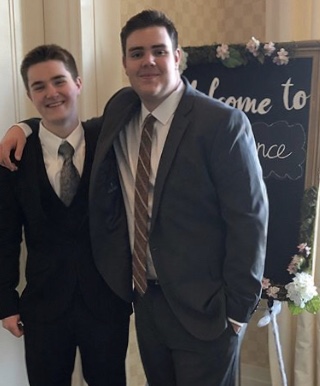Misuse of prescription drugs on the rise
February 8, 2017
According to the National Institution of Drug Abuse (NIDA), adolescents and young adults hold the highest amount of nonmedical prescription drug use than any other age group.
Misuse refers to consuming a prescription drug in any way other that what is prescribed to that person. This can include taking too much medicine for pains, or other effects such as feeling euphoria (getting high).
According to the NIDA, “Taking prescription drugs to get high is sometimes called prescription drug abuse.”
Some of the most commonly abused drugs include opioids (prescribed to treat pain), central nervous system (CNS) drugs (depressants), and stimulants (specifically ADHD medicine).
In the last 15 years, increases in overdose deaths, emergency room visits, and treatment admissions for misuse disorders (the most severe being addiction) have been reported.
NIDA released a survey, “Monitoring the Future,” which found that one in every 13 teenagers reported at least one misuse of a prescription substance in the past year, and one in 23 reported misusing Vicodin, which is a type of opioid pain killer.
“Prescription medicine is so much more easily accessible to students,” said assistant principal Darcy Parker. “Because of this, we seem to forget about the dangers.”
Young adults aged 18 to 25 reported that four percent had misused prescription drugs in the past month, and children aged 12 to 17 reported that approximately three percent reported misuse. Prescription drugs are one of the most common substances used by twelfth graders.
“I think we’re seeing more and more use of prescription drugs, but also over-the-counter drugs,” said Principal Dr. Claire Leblanc.
According to the Drug Abuse Warning Network (DAWN), more than one million cases of emergency department visits were connected to nonmedical or misuse of prescription substances.
According to DAWN, “Roughly 488,000, or 39.2 percent, of these ED visits involved prescription opioid pain relievers, a rate nearly triple that of six years prior.”


